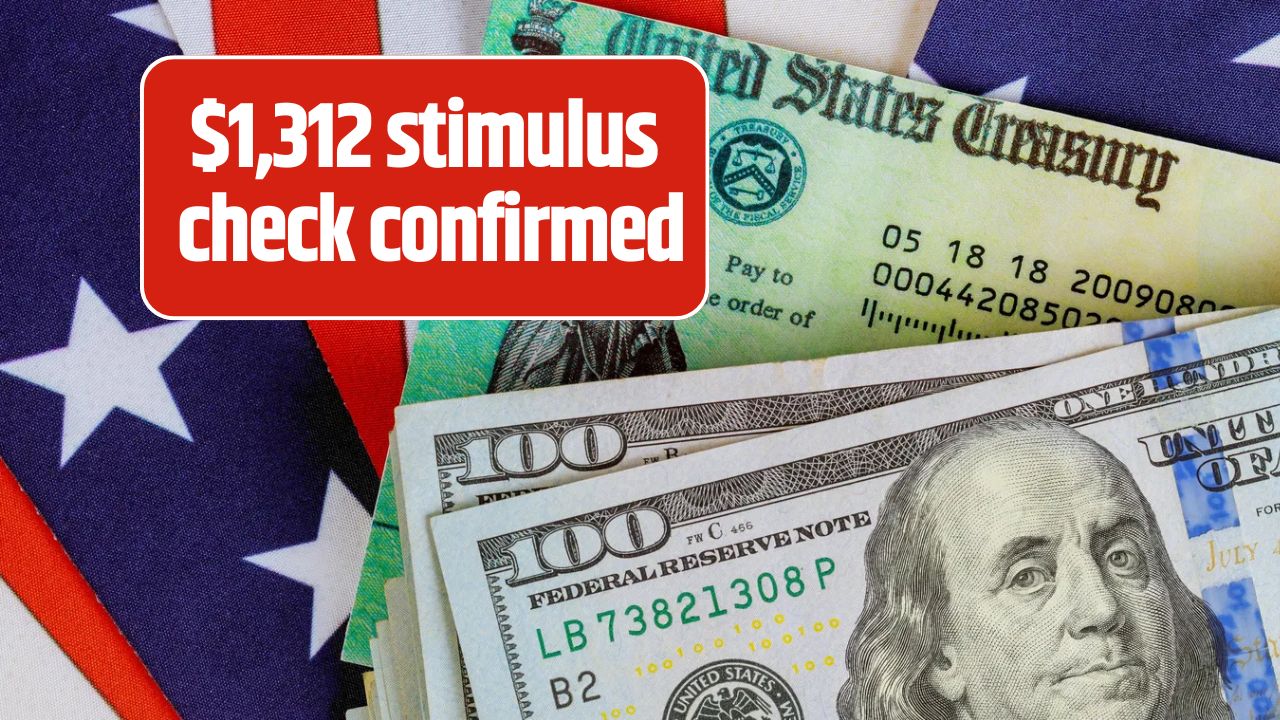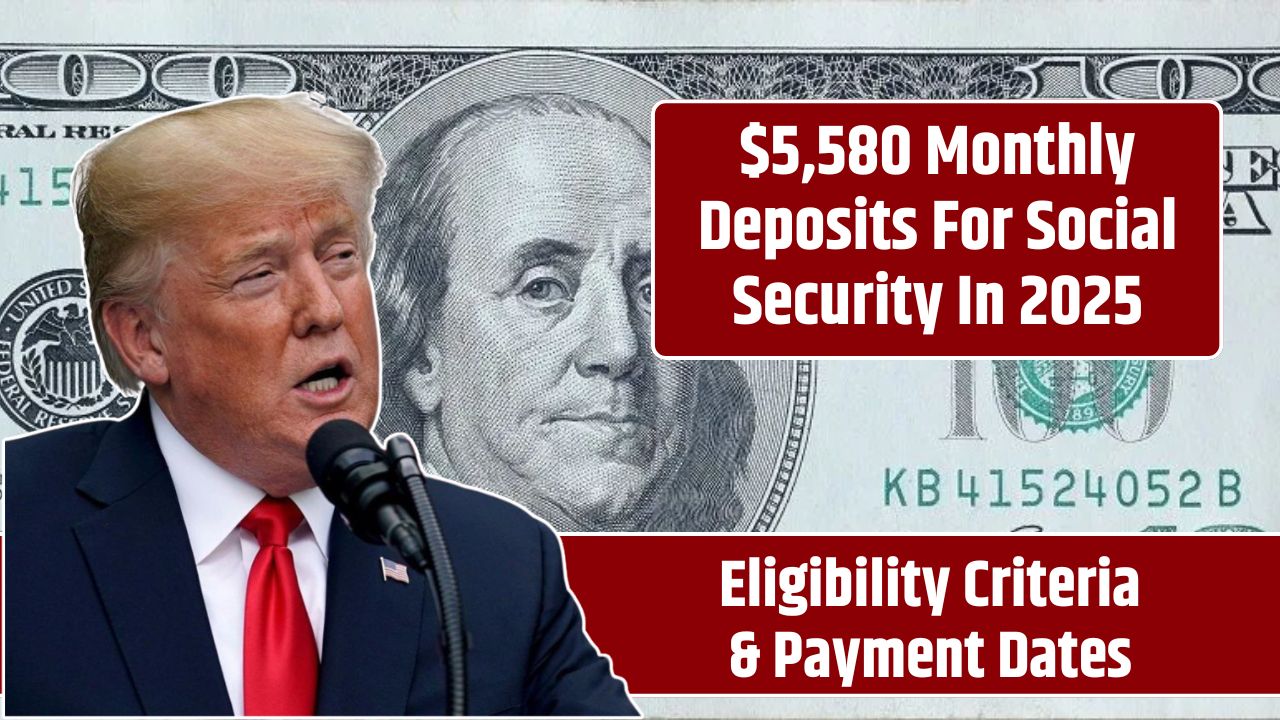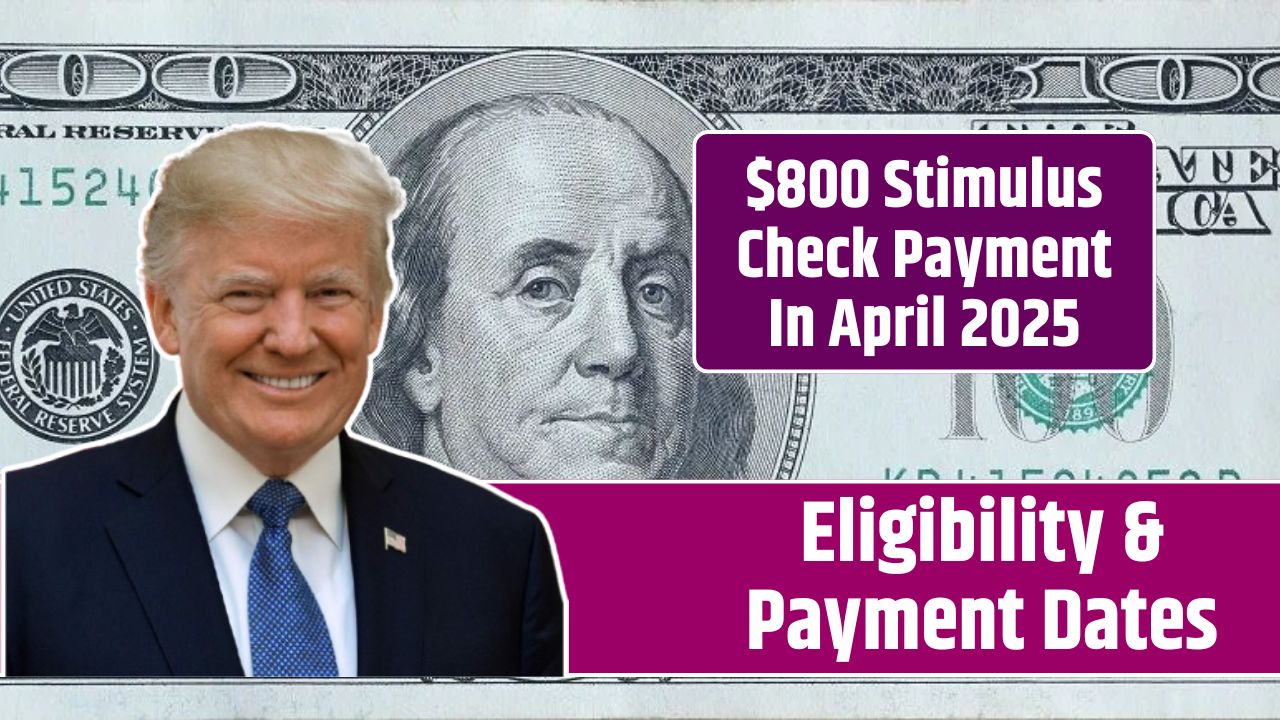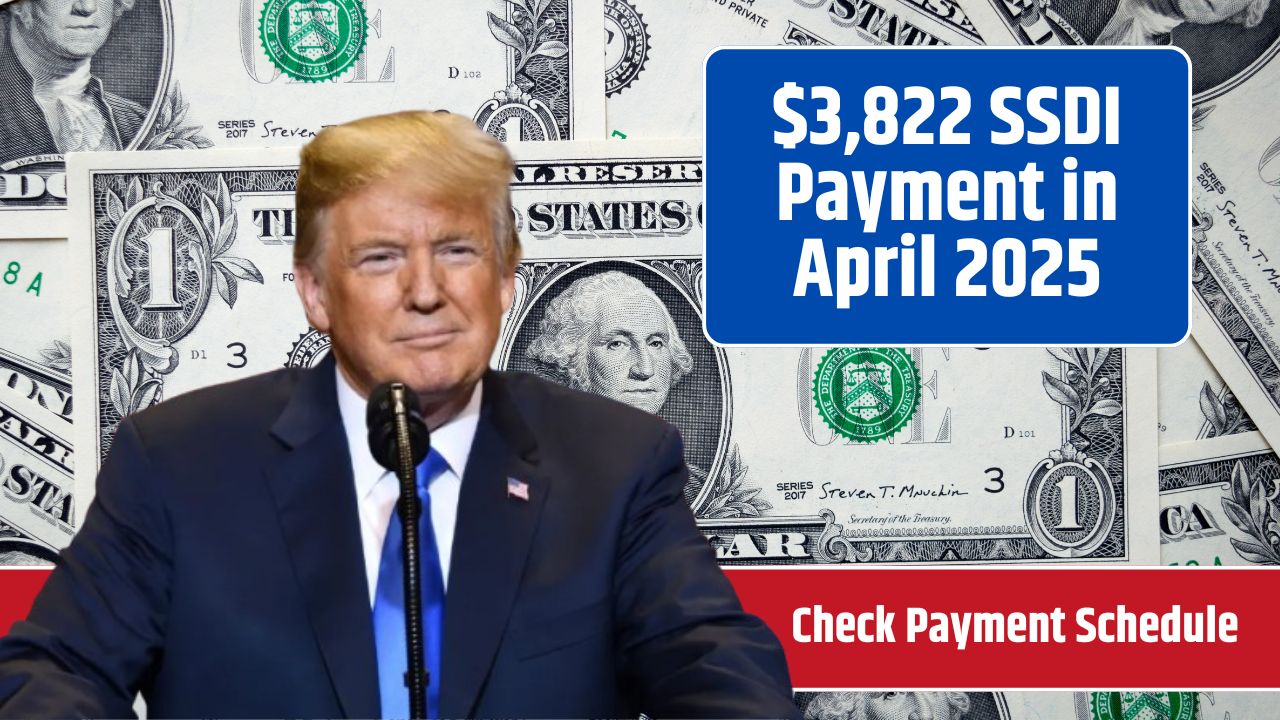Big shakeup in the Medicare world—payments to Medicare Advantage (MA) plans are getting a major upgrade in 2026. And we’re not talking about a minor tweak. The Centers for Medicare & Medicaid Services (CMS) has officially locked in a 5.06% average payment increase, more than double the 2.23% initially floated in January.
That’s a multibillion-dollar bump—over $25 billion, to be exact—set to ripple through insurers, providers, and maybe even your wallet.
So what’s behind this massive payment boost? Let’s break it down.
Boost
This surprise hike came straight from CMS’s April 7 Rate Announcement. The agency pointed to more current and complete data—particularly fee-for-service data from Q4 2024—as the key reason for the jump.
That extra data changed the math in a big way, pushing the effective growth rate from the proposed 5.93% all the way up to 9.04%.
That growth rate is one of the most important factors in determining how much funding private Medicare plans receive. As healthcare costs climb, CMS is making sure Medicare Advantage keeps up.
Impact
For insurance companies like UnitedHealth, Humana, and others, this is massive. Stock prices jumped as soon as the news dropped—Humana alone spiked 11.5% in after-hours trading. These private insurers rely on strong CMS payments to offer competitive benefits while managing rising costs and increased utilization.
Here’s a quick look at how payments changed:
| Announcement | Payment Increase | Effective Growth Rate |
|---|---|---|
| January (Advance Notice) | 2.23% | 5.93% |
| Final (April 7) | 5.06% | 9.04% |
Shift
This change also marks the first major Medicare move under the Trump administration, contrasting sharply with the 0.2% decrease planned under Biden for 2025. That shift in direction hasn’t gone unnoticed.
Industry groups are celebrating the decision. Mary Beth Donahue, CEO of Better Medicare Alliance, praised the update, saying it protects seniors and properly funds MA plans. After years of smaller bumps and tighter rules, this move feels like a major win for the insurance industry.
Reform
But this isn’t just a big payday—it’s also part of a broader CMS strategy. Alongside the payment increase, CMS is finalizing a three-year phase-in of risk adjustment updates. The goal? Improve payment accuracy and crack down on overcoding—a tactic some plans use to receive higher payments by exaggerating the severity of patient conditions.
CMS held firm on this phase-in despite pushback from the industry, signaling that while payments are increasing, oversight is also tightening.
Future
What does all this mean for beneficiaries? If you’re one of the 65 million people on Medicare—and especially the over 50% now enrolled in Medicare Advantage—this could affect everything from your plan options to out-of-pocket costs in 2026.
More funding might lead to richer benefits and steadier premiums, but it’s up to insurers to decide how to use that cash. Some may boost extras like dental or vision; others may focus on keeping costs flat.
One thing’s certain: with $9.2 trillion projected to be spent on Medicare Advantage over the next decade, even small policy shifts will make a huge difference. And this one? It’s the biggest benchmark increase we’ve seen in 10 years.
FAQs
How much will MA payments rise in 2026?
They’ll increase by an average of 5.06%.
Why did the payment rate increase?
Updated fee-for-service data raised the growth rate to 9.04%.
Who benefits from the payment hike?
Private insurers like UnitedHealth and Humana benefit most.
Is this part of Medicare reform?
Yes, it’s tied to payment accuracy and risk adjustment updates.
Will beneficiaries see better plans?
Possibly—insurers may enhance benefits or lower costs.


















